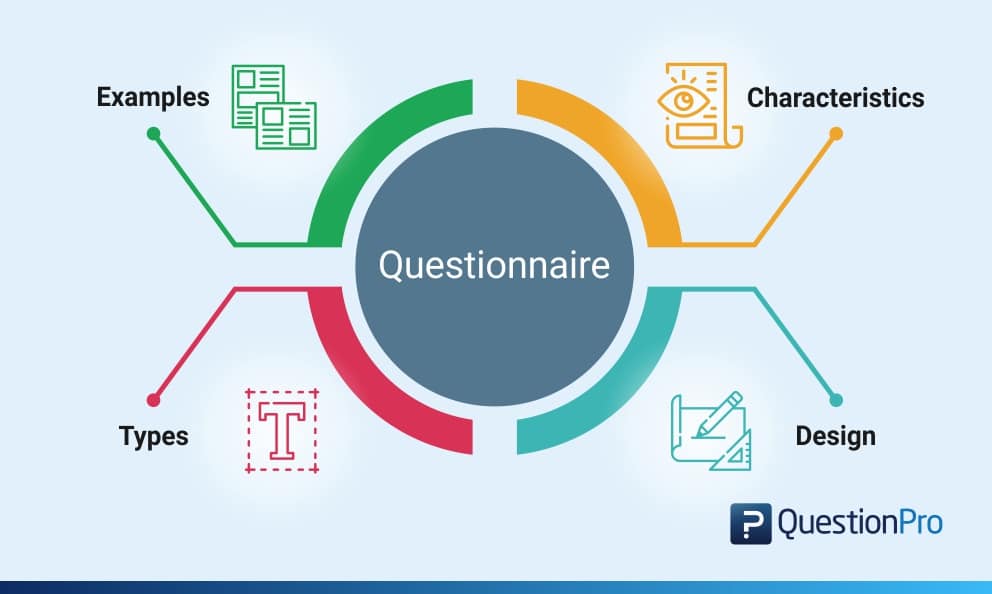
https://thesocietypages.org/socimages/files/2009/01/peng.jpg

https://images.slideplayer.com/18/6112840/slides/slide_9.jpg
SURVEYS
SURVEY RESEARCH DEFINITION
Survey Research is defined as the process of conducting research using surveys that are sent to survey respondents.
The term ‘survey’ refers to the selection of a relatively large sample of people from a pre-determined population
Surveys are commonly used to enable researchers to collect data on a mass scale, and to use that data to conduct statistical analyses that reveal conclusive results about how the variety of variables measured interact.
Types of surveys
Surveys classified according to focus and scope
Survey Method
Survey method pursues two main purposes:
- Describing certain aspects or characteristics of population and/or
- Testing hypotheses about nature of relationships within a population.
History and Uses of Survey Research
From market research and election polling, survey research made its way into several academic fields where it continues to be the primary approaches to collecting new data.
exploratory, descriptive and causal
Advantages and disadvantages of survey research
CONDUCTING SURVEYS
Reasons to Conduct Survey Research
Research question: a single clear and explicit
Minimum investment
Versatile sources for response collection
Reliable for respondents
The Introduction Essentials
1) A thank you statement
2) The topic of the study
3) The expected time to complete the survey
4) A confidentiality statement
Administering a Survey
Main survey research methods, divided based on the medium of conducting survey research
COMMON SURVEY METHODS
Online/ Email-Online
Written surveys
Mail surveys
- Advantages and disadvantages of Postal Self-completion
Oral Surveys
- Advantages / Disadvantages
Phone Surveys
Cellphone surveys
- Advantages / Disadvantages face interview.
Mixed-mode surveys
Time
- Longitudinal Survey
- trend
- panel
- cohort surveys
Advantages / Disadvantages
- Cross-sectional survey research Advantages / Disadvantages
Survey Research Examples
ADMINISTRATION

https://www.researchgate.net/profile/Michelle_Van_Der_Merwe3/publication/35467963/figure/fig16/AS:502179283062788@1496740279475/Types-of-survey-methods.png

https://www.questionpro.com/blog/wp-content/uploads/2018/09/Questionnaire-Examples-Characteristics-Types-and-Design.jpg

https://www.wikihow.com/images/thumb/1/1a/Develop-a-Questionnaire-for-Research-Step-2-Version-2.jpg/aid1474044-v4-728px-Develop-a-Questionnaire-for-Research-Step-2-Version-2.jpg
INSTRUMENTS
Instruments: questionnaires and structured interviewing,
What is a survey questionnaire?
Survey questionnaires present a set of questions to subjects who with their responses will provide data to a researcher.
- key elements in designing a survey questionnaire
- Challenge: keeping it short and capturing all required information
- Questionnaires are a common and inexpensive research tool
Weaknesses
- Greater than required it under 1 page.
- Subjective Questions
- Contradicting questions
- Bias
- Use simple words
- Assure a common understanding
- Start with interesting questions
- Don't write leading questions
- Avoid double negatives
- Balance rating scales
- Don't make the list of choices too long
- Avoid difficult concepts
- Avoid difficult recall questions
- Use Closed-ended questions rather than Open-ended ones
- Pre-test your survey
- Cover memo or introduction
Key factors in creating a survey.
- Your Mode of Data Collection
- Impact of Survey Fatigue
- The Effect of Survey Question Wording
- How You Order Your Questions
- Different Survey Question Formats
- Accuracy of the Answers You Receive
- Bias in Self-Reported Behavior
- Clear Question Structure
- Visual Survey Design
- Your Final Survey Analysis Plan
Designing a Questionnaire
Aims
Length
Pilot Study
Question Order
Terminology
Presentation
- A pilot study
Goal is to collect information
Define the aims of the study
Define the variables to be collected
Translate these concepts into variables that can be measured.
Compose a draft
A Cognitive Model
Respondents must
- interpret the question,
- retrieve relevant information from memory,
- form a tentative judgment,
- convert the tentative judgment
- edit their response as necessary.
Context Effects
- Likert Scale
Writing Effective Items
Formatting the Questionnaire
Strengths
- Economical
- Information which can be easily converted into quantitative
- The questions are standardized
Limitations
- lack of detail
Open Questions
Strengths
- Rich data
Limitations
- Time-consuming
- Not suitable for less educated
Question-Writing
Vocabulary and grammar
Ambiguity, confusion, and vagueness
Emotional language
- loaded words
Avoid double-barrelled questions
Negatives
"Don't Know"
Standard format.
Quasi filter
Full filter
Closed-Ended Questions
The Ratings Format
Rank-Ordering
Paired-Comparisons
CLOSED QUESTIONS
OPEN-ENDED QUESTIONS
Difference Between Questionnaire and Interview

https://usercontent2.hubstatic.com/14219993_f520.jpg

https://pixfeeds.com/images/45/144385/1280-fun-questions-to-ask.png
Updated on February 14th, 2019.

